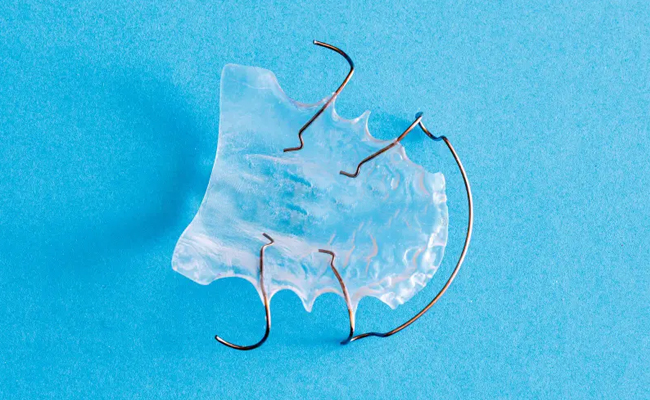
Dental appliances for children's teeth
While many parents associate dental appliances with teenagers, they are actually quite common in young children. These appliances can be used for both preventative and treatment purposes. Encouraging young children to wear removable dental appliances regularly can be challenging, but the good news is that they can prevent tooth injuries and potentially reduce the need for extensive treatment in the future.
What are common pediatric dental appliances?
There are various types of pediatric dental appliances, each serving a unique dental purpose. The main categories of pediatric dental appliances are outlined below:
Mouth Guards
It is recommended by the American Academy of Pediatric Dentistry (AAPD) and American Dental Association (ADA) that children wear mouth guards during activities that could potentially cause injury, such as sports and recreational activities.
A customized mouth guard can be made by a pediatric dentist for the child, or a thermoplastic "boil-and-bite" mouth guard can be bought at a sporting goods store. These types of mouth guards are also used for children who grind their teeth at night.
Space Maintainers
At times, baby teeth may be lost early because of injury or decay. This can lead to neighboring teeth moving into the empty space, which can create issues with the alignment and spacing of adult teeth. To prevent this, space maintainers, also known as "spacers," are used as temporary placeholders until the permanent teeth are ready to come in. There are two primary types of space maintainers:
- Fixed space maintainers – Depending on the position of the missing tooth and the condition of the surrounding teeth, the pediatric dentist may adhere a “band and loop,” a “crown and loop,” or a “distal shoe” type of spacer to fill the empty gap. All spacers fulfill the same function; just the nature of the attachment to the adjacent teeth differs. Fixed spacers are usually made of metal and are highly durable. If a highly visible tooth is missing, an acrylic button may be added to reduce the esthetic impact.
-
Removable space maintainers – Removable spacers are not commonly used in young children. Similar to orthodontic retainers, these special plastic parts are inserted into the empty space to prevent adjacent teeth from shifting.
Appliances for Thumb Sucking
Most children naturally stop sucking their thumbs as they get older, but those who continue after age five or six, especially vigorously, may face oral complications such as narrowed arches, impacted teeth, and misaligned teeth. The "palatal crib" appliance is an effective way to immediately stop thumb sucking. This appliance is custom-made and attached to the teeth by a pediatric dentist, similar to dental braces. By preventing the thumb from reaching the roof of the mouth, the child's gratification is reduced, breaking the habit quickly. Removable versions of the "crib" are also available, depending on the child's age and willingness to cooperate.
Appliance Expansion
An overbite, when the upper front teeth stick out over the lower front teeth, can be fixed with an expansion appliance, as can a crossbite. This appliance is designed to widen and stretch the arch, creating enough room for the teeth to be straightened. Expansion appliances are personalized and can be attached to either the inside or outside of the teeth. Children with a cleft palate may need to wear an expansion appliance to get their jaw ready for oral surgery.






